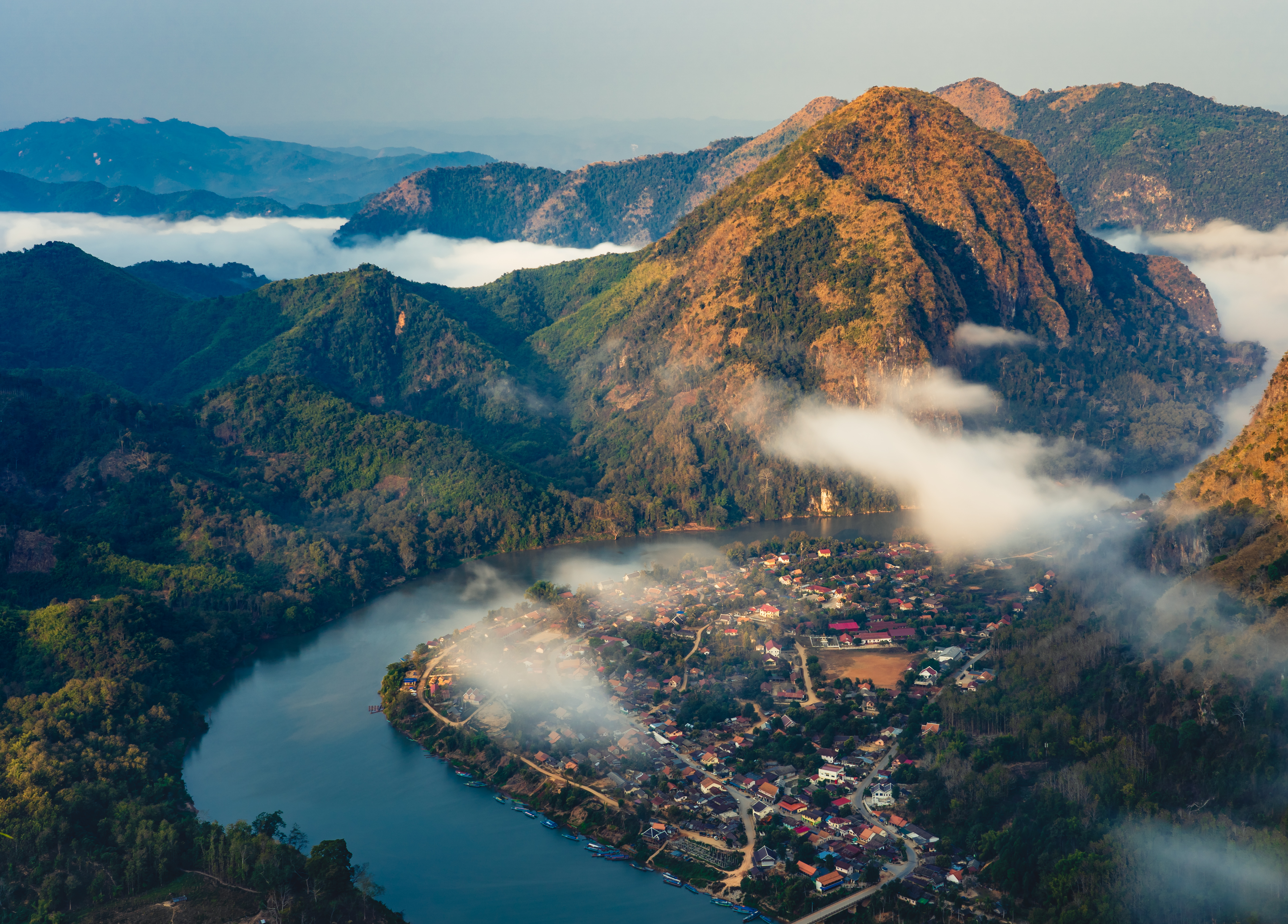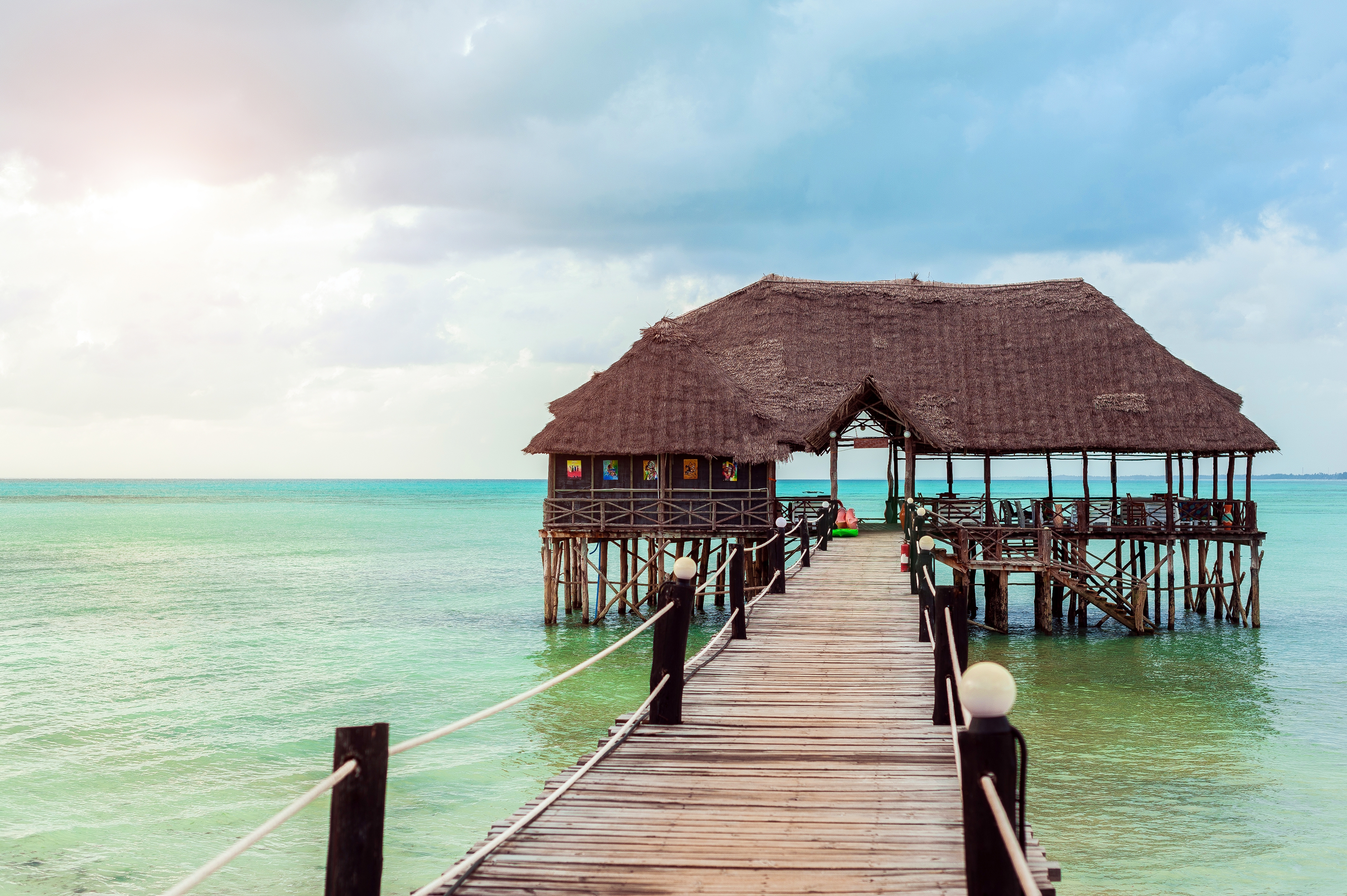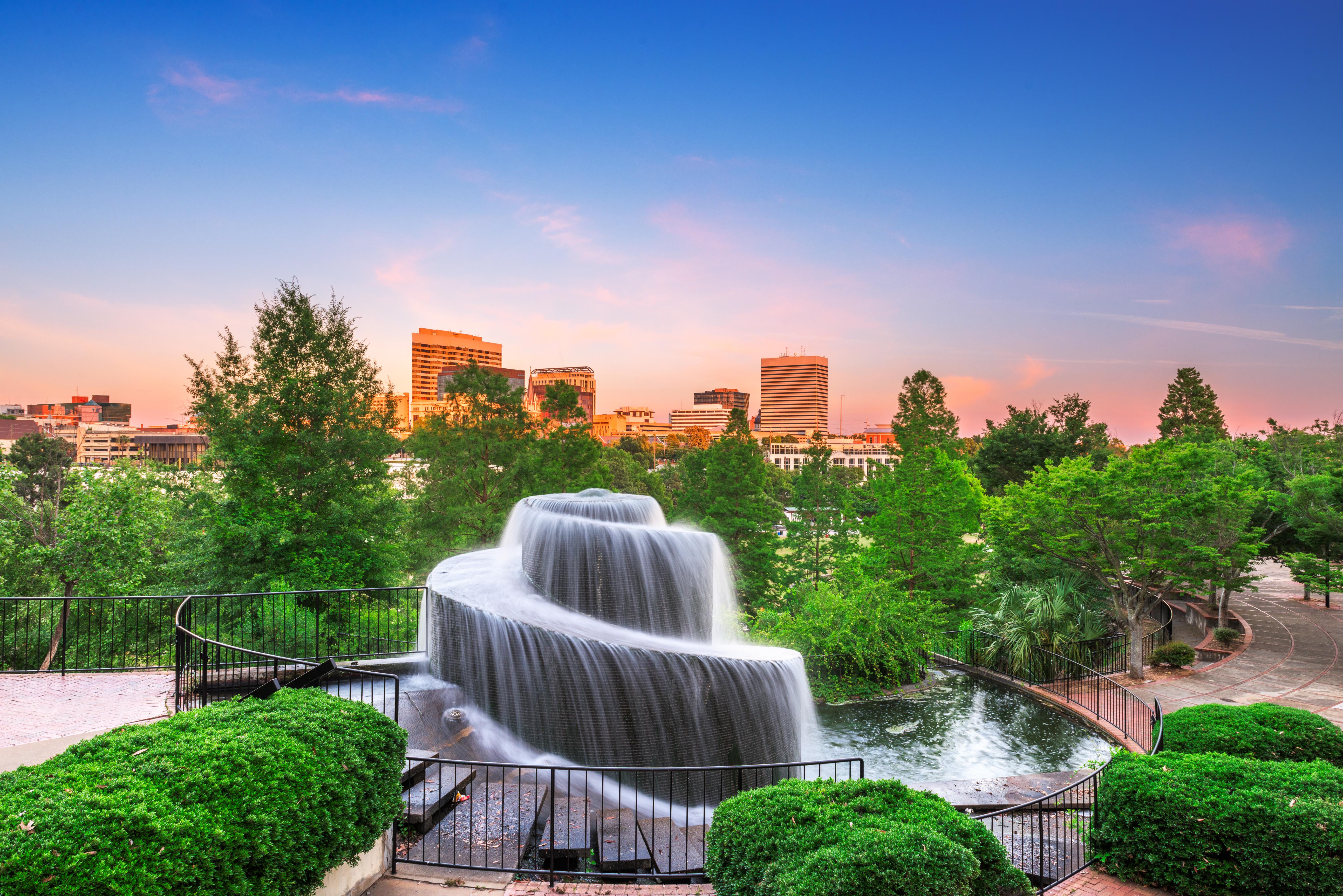The 15 Most Surreal Desert Landscapes Around The World You Can Actually Visit
The world’s deserts hold a unique allure, their vast expanses offering a mesmerizing blend of beauty and mystery. These arid regions, covering approximately one-third of the Earth's land surface, are often perceived as barren and lifeless. However, beneath their seemingly desolate surface lies a rich tapestry of life, culture, and geological wonder. From the rolling dunes of the Sahara to the vibrant ecosystems of the Sonoran Desert, these landscapes captivate the imagination and invite exploration. Each desert is a world unto itself, shaped by millennia of natural forces and human history. We'll journey through 15 unforgettable desert destinations, each offering its own unique charm and magic. As we venture into these surreal landscapes, we will uncover the stories, secrets, and splendor that make deserts some of the most intriguing places on Earth.
1. The Sahara Desert: Endless Seas of Sand
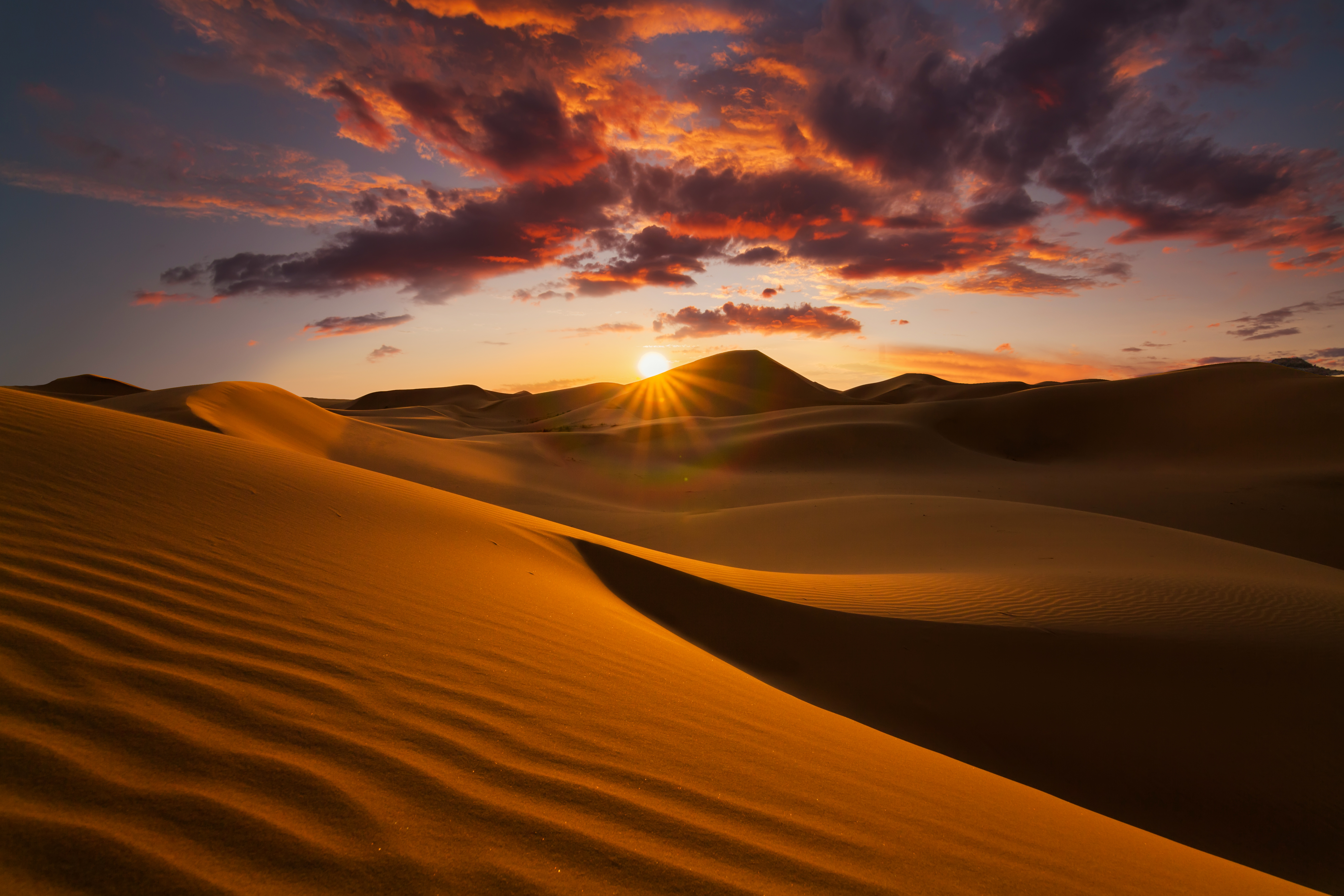
The Sahara Desert, the largest hot desert in the world, spans across North Africa, covering an area comparable to that of the United States. Its iconic golden dunes, some reaching heights of over 500 feet, create a sea of sand that stretches as far as the eye can see. This vast expanse is not just a geographical wonder but also a cultural tapestry woven with the history of ancient civilizations. The Sahara's harsh environment has shaped the resilient cultures of the Berbers and Tuaregs, whose nomadic lifestyles have adapted to the desert's extreme conditions. The desert's unique ecosystems support a surprising diversity of life, from the hardy fennec fox to the resilient acacia tree. Despite its arid nature, the Sahara is a place of subtle beauty, where the interplay of light and shadow creates ever-changing landscapes that captivate the soul.
2. The Namib Desert: A Timeless Coastal Wonder
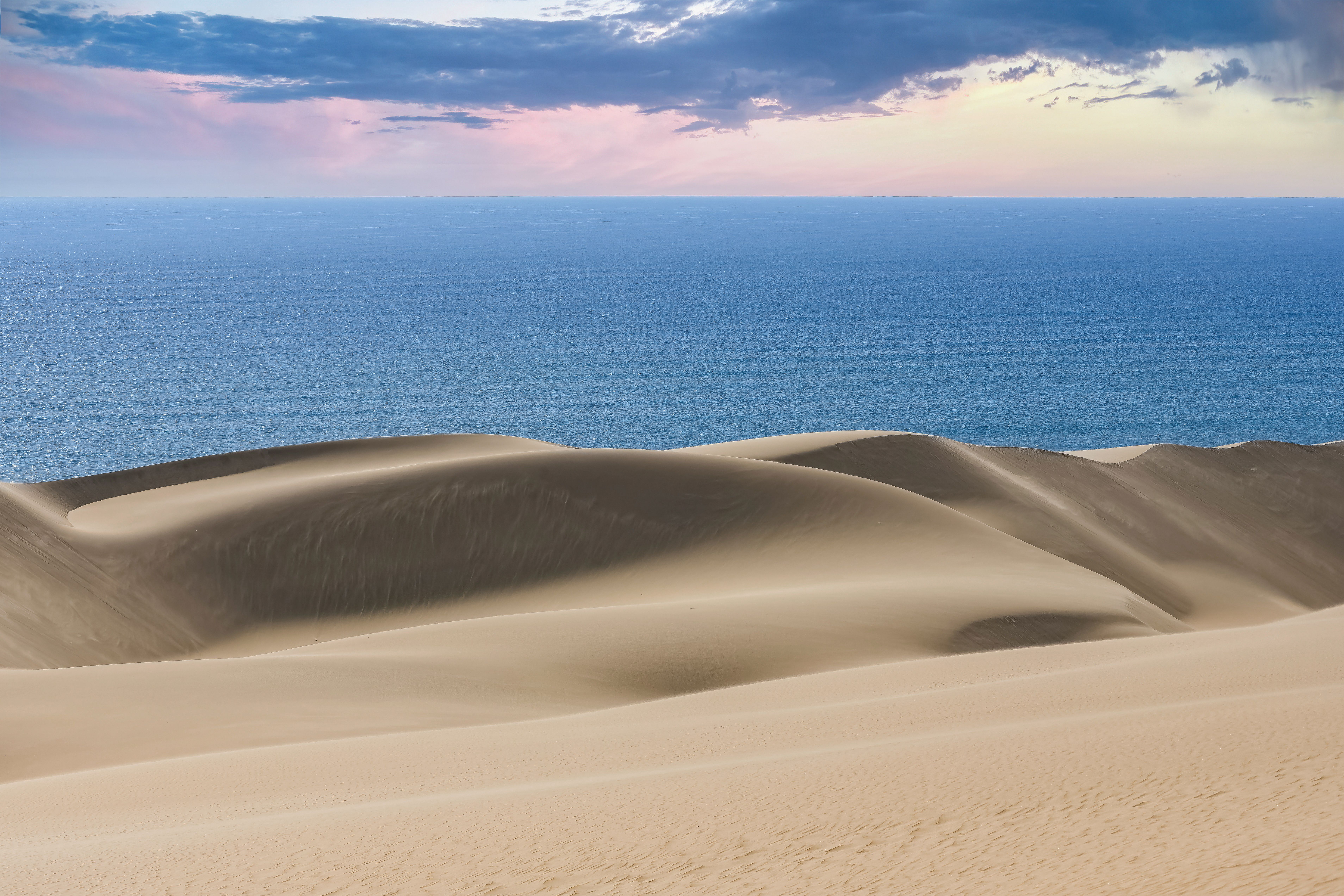
The Namib Desert, often referred to as the world's oldest desert, stretches along the Atlantic coast of Southern Africa. Its dramatic landscapes, characterized by towering sand dunes that plunge directly into the ocean, create a striking contrast between land and sea. The Namib's unique geography supports an array of specialized flora and fauna, including the iconic Welwitschia plant, which can live for over a thousand years. The desert's coastal location results in a unique climate, where fog sustains life in an otherwise inhospitable environment. The Namib's ethereal beauty and ancient landscapes have inspired countless artists and explorers, making it a must-visit destination for those seeking the sublime. Its hauntingly beautiful vistas and the eerie silence that envelops the dunes offer a profound sense of solitude and reflection.
3. The Atacama Desert: A Martian Landscape on Earth
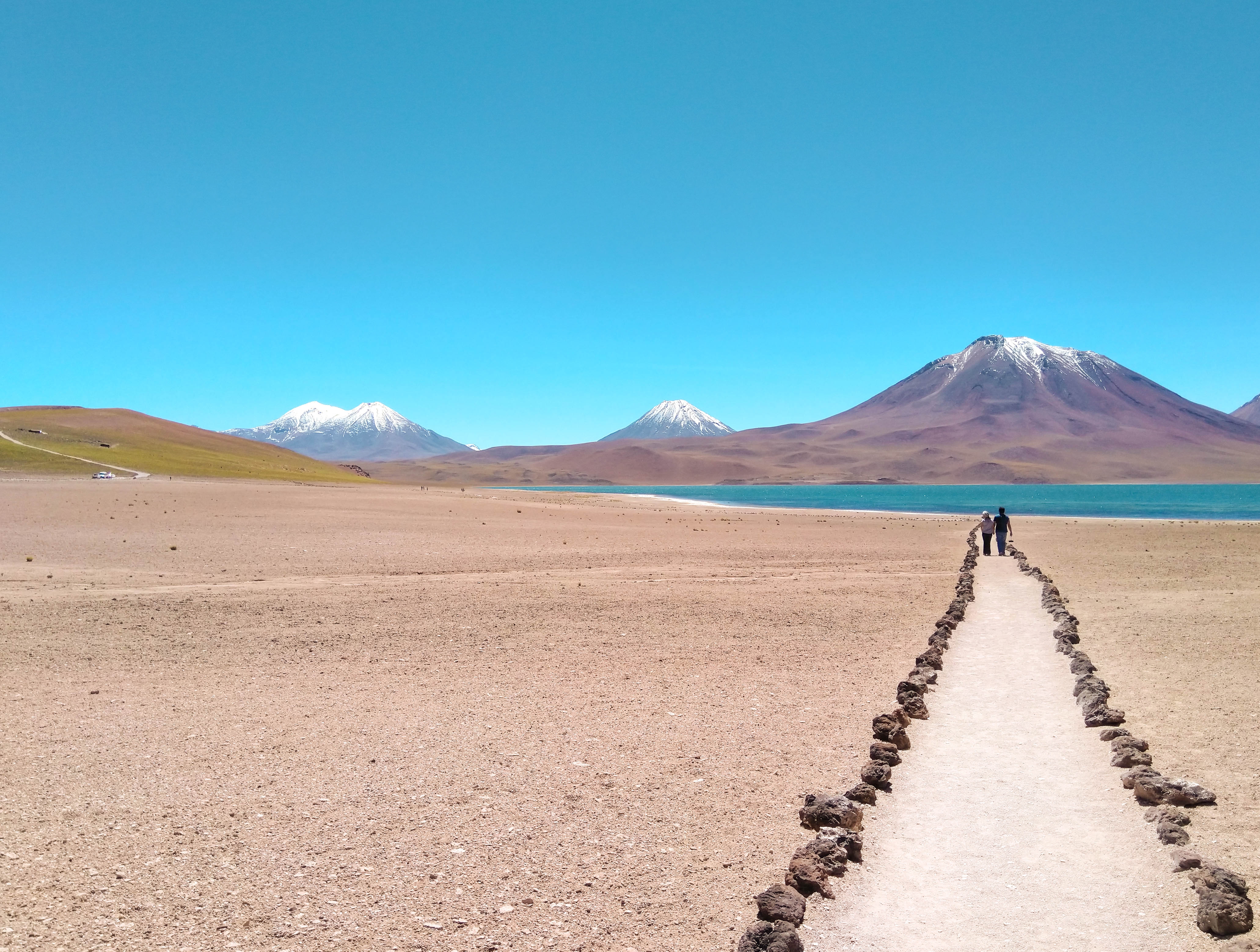
The Atacama Desert in Chile is often compared to the surface of Mars due to its otherworldly landscapes and extreme aridity. As one of the driest places on Earth, the Atacama receives less than an inch of rainfall annually in some areas. Despite its harsh conditions, the desert is a place of vibrant contrasts, where salt flats, geysers, and colorful mineral deposits create a surreal environment. The Atacama's unique climate and geography have made it a prime location for astronomical observatories, offering some of the clearest night skies on the planet. The desert's stark beauty and scientific significance draw researchers and travelers alike, eager to explore its alien-like terrain. The Atacama's landscapes challenge our perceptions of life and survival, showcasing the resilience of nature in one of the most extreme environments on Earth.
4. The Gobi Desert: A Realm of Dinosaurs and Nomads
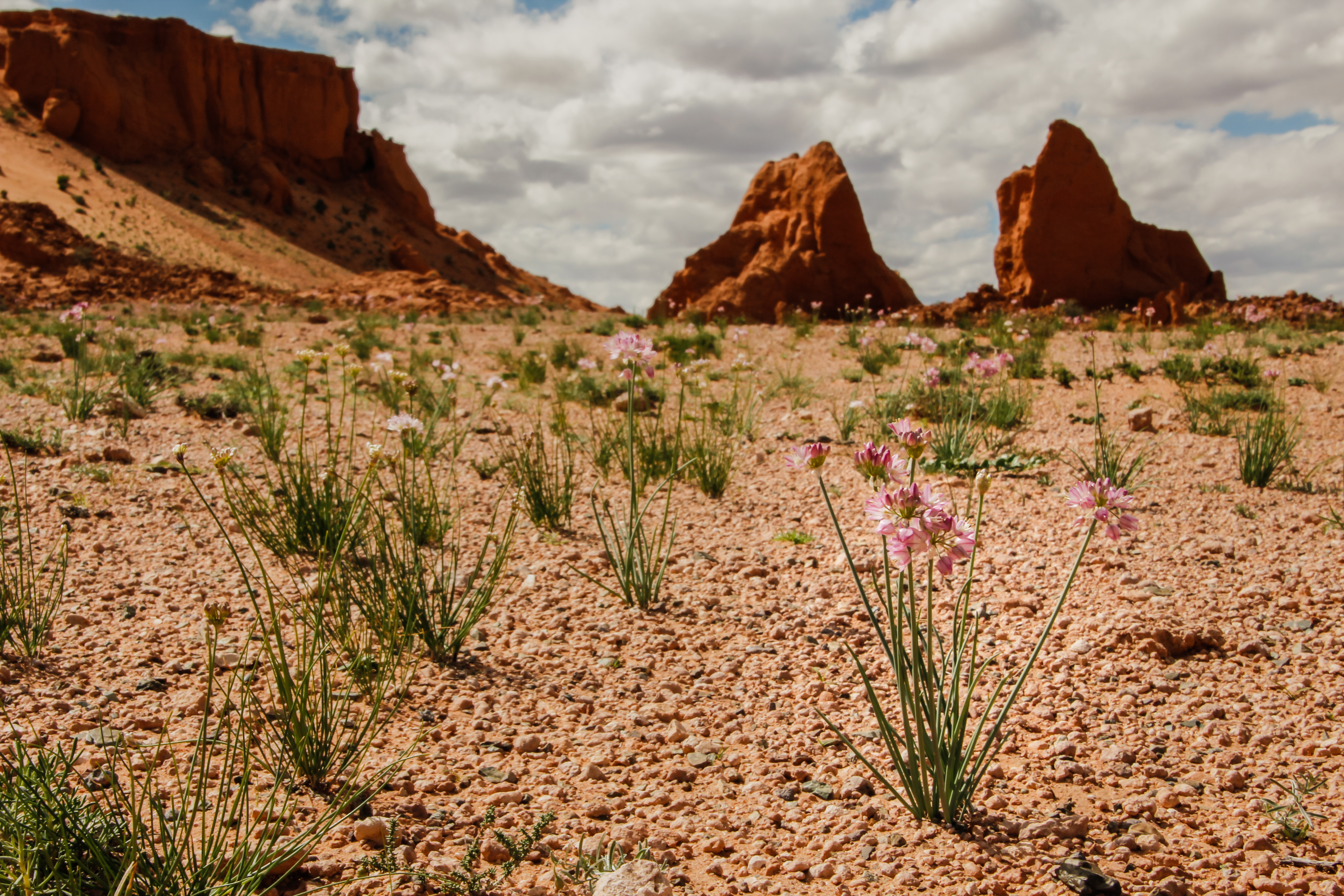
The Gobi Desert, spanning northern China and southern Mongolia, is a place of historical and paleontological significance. Known for its harsh climate and rugged terrain, the Gobi is home to some of the most important dinosaur fossil discoveries in history. The desert's vast steppes and rocky landscapes have preserved the remains of ancient creatures, offering a glimpse into a prehistoric world. The Gobi is also a land of cultural richness, where the traditions of Mongolian nomads continue to thrive. The desert's unique ecosystems support a variety of wildlife, including the elusive snow leopard and the Bactrian camel. The Gobi's blend of natural wonders and cultural heritage makes it a captivating destination for adventurers and history enthusiasts alike. Its landscapes tell stories of ancient empires, nomadic tribes, and the enduring spirit of life in one of the world's most challenging environments.
5. The Mojave Desert: A Symphony of Color and Life
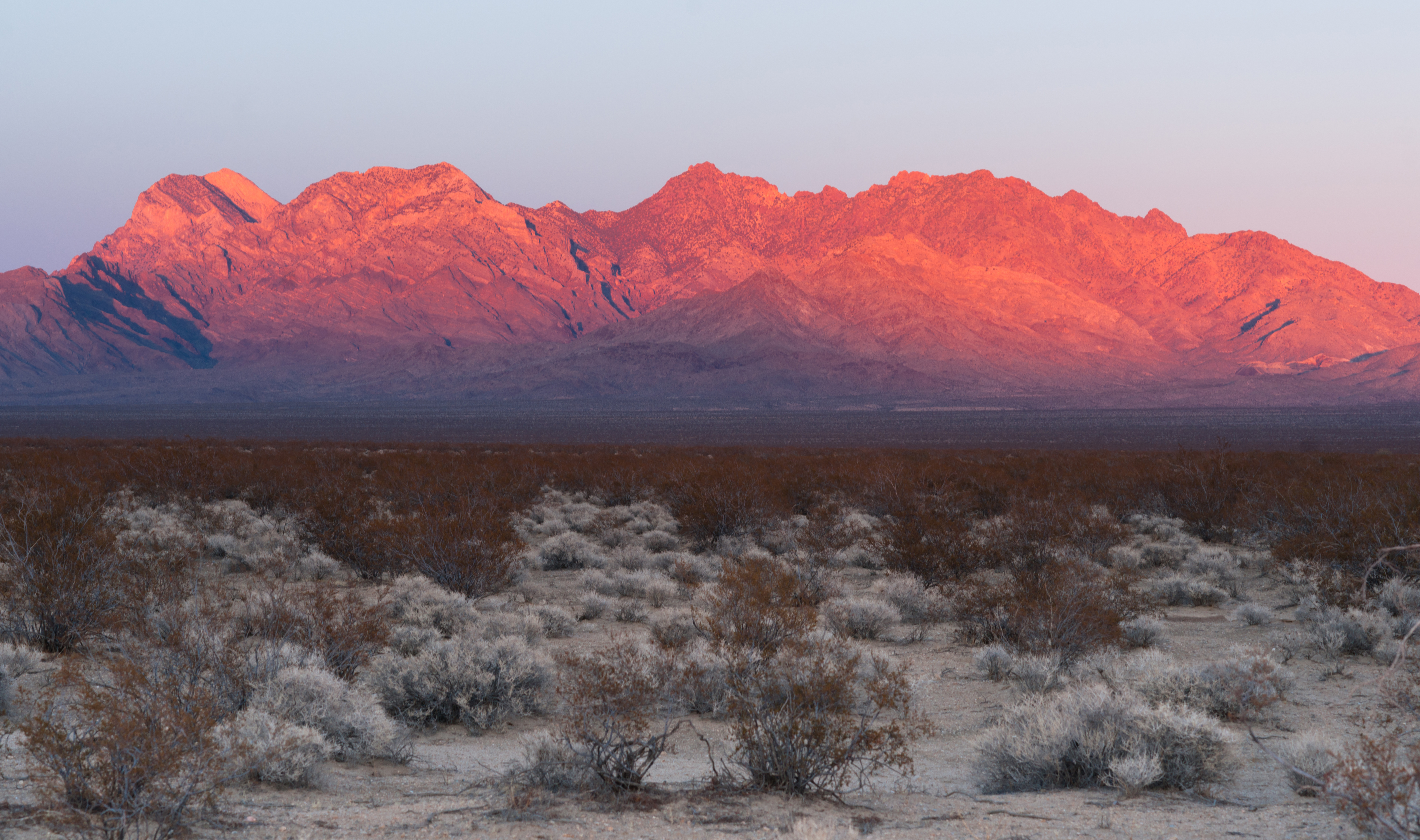
The Mojave Desert, located in the southwestern United States, is a vibrant landscape known for its unique flora and fauna. Home to the iconic Joshua Tree, the Mojave's diverse ecosystems range from arid plains to mountainous regions. This desert is a haven for biodiversity, supporting a wide array of plant and animal species adapted to its harsh conditions. The Mojave's striking landscapes, characterized by colorful rock formations and expansive vistas, have inspired countless artists and filmmakers. The desert's national parks, including Joshua Tree and Death Valley, offer visitors a chance to explore its natural wonders and experience the tranquility of its vast open spaces. The Mojave's beauty lies in its contrasts, where life thrives against the odds in a symphony of color and resilience.
6. The Arabian Desert: A Tapestry of Tradition and Modernity
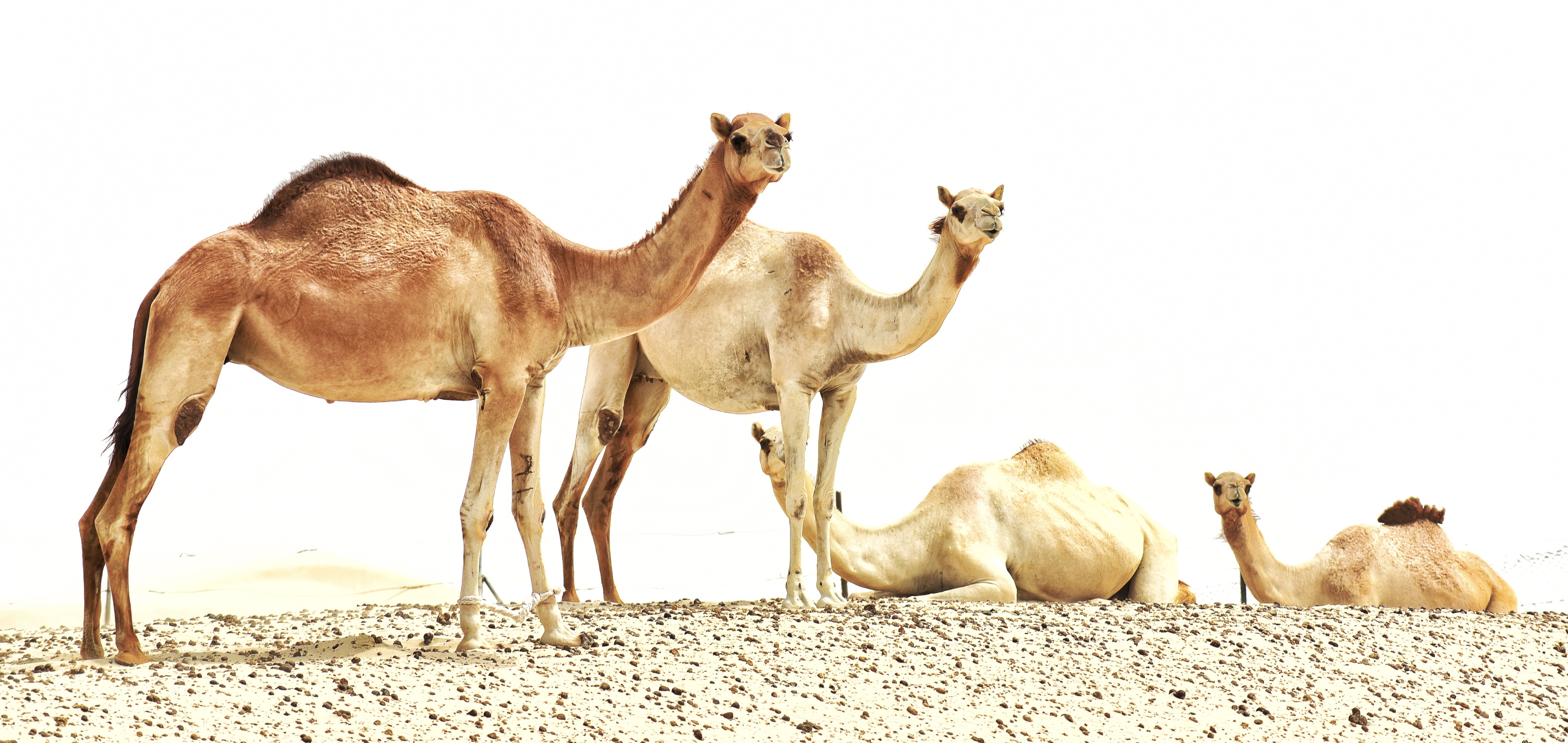
The Arabian Desert, encompassing much of the Arabian Peninsula, is a place where ancient traditions meet modern innovation. Its vast sand seas and rocky plateaus are home to a rich cultural heritage, shaped by centuries of trade and exploration. The desert's Bedouin tribes have adapted to its challenging environment, preserving their nomadic way of life and deep connection to the land. The Arabian Desert is also a place of rapid transformation, where modern cities rise amidst the dunes, showcasing the region's dynamic growth. The desert's unique ecosystems support a variety of wildlife, including the Arabian oryx and the sand gazelle. The Arabian Desert's blend of tradition and modernity creates a fascinating tapestry of life, where the past and present coexist in harmony.
7. The Sonoran Desert: A Lush Desert Oasis
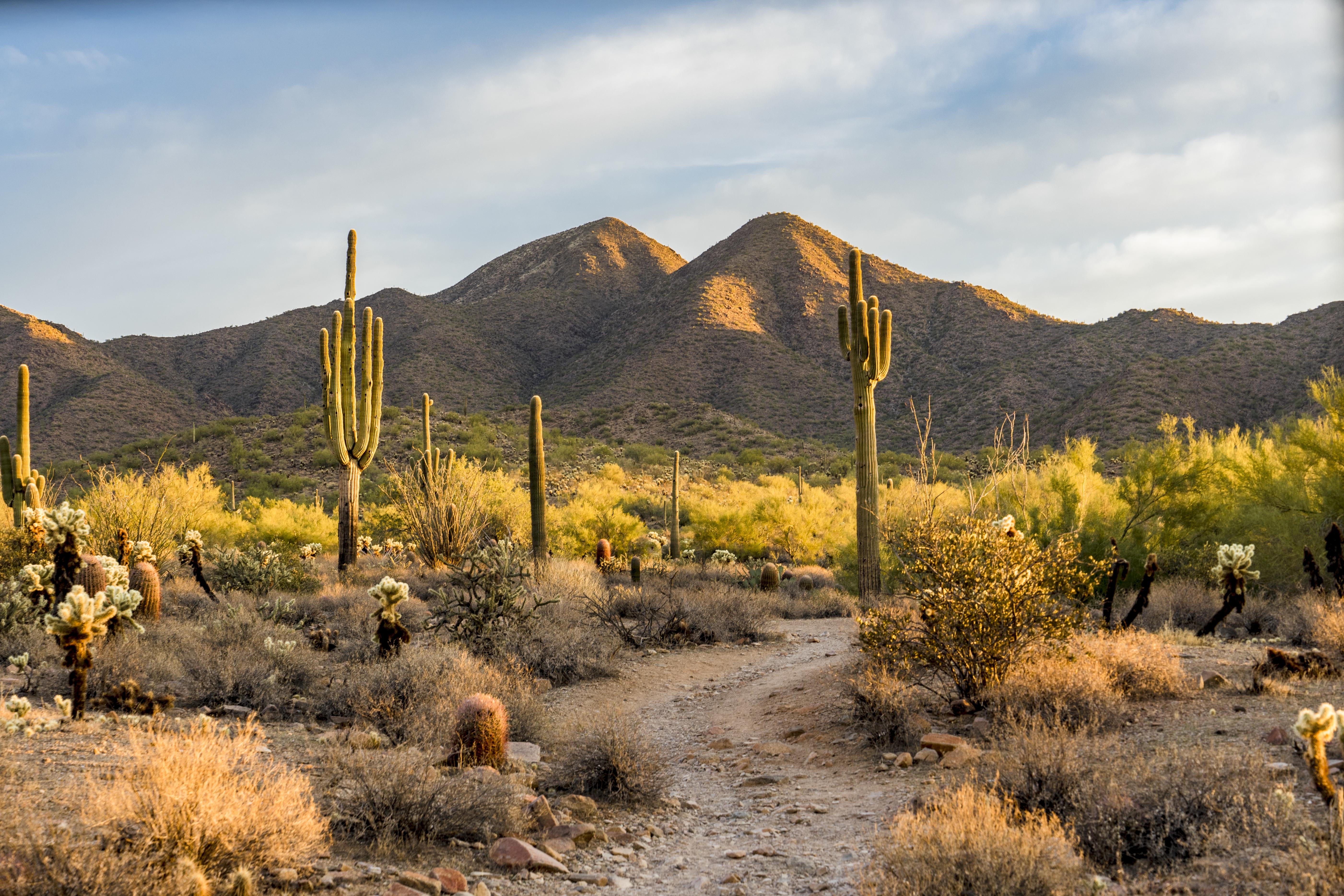
The Sonoran Desert, spanning parts of the southwestern United States and northwestern Mexico, is often described as one of the world's most biologically diverse deserts. Its unique climate, characterized by two distinct rainy seasons, supports a lush array of plant and animal life. The Sonoran's iconic saguaro cacti, towering over the landscape, are a symbol of the desert's resilience and beauty. The desert's diverse ecosystems range from arid plains to verdant riparian areas, offering a haven for wildlife such as the desert tortoise and the Gila monster. The Sonoran's vibrant landscapes and rich biodiversity make it a captivating destination for nature lovers and adventurers. Its beauty lies in its contrasts, where life flourishes amidst the arid expanses, creating a lush desert oasis.
8. The Great Victoria Desert: An Australian Wilderness
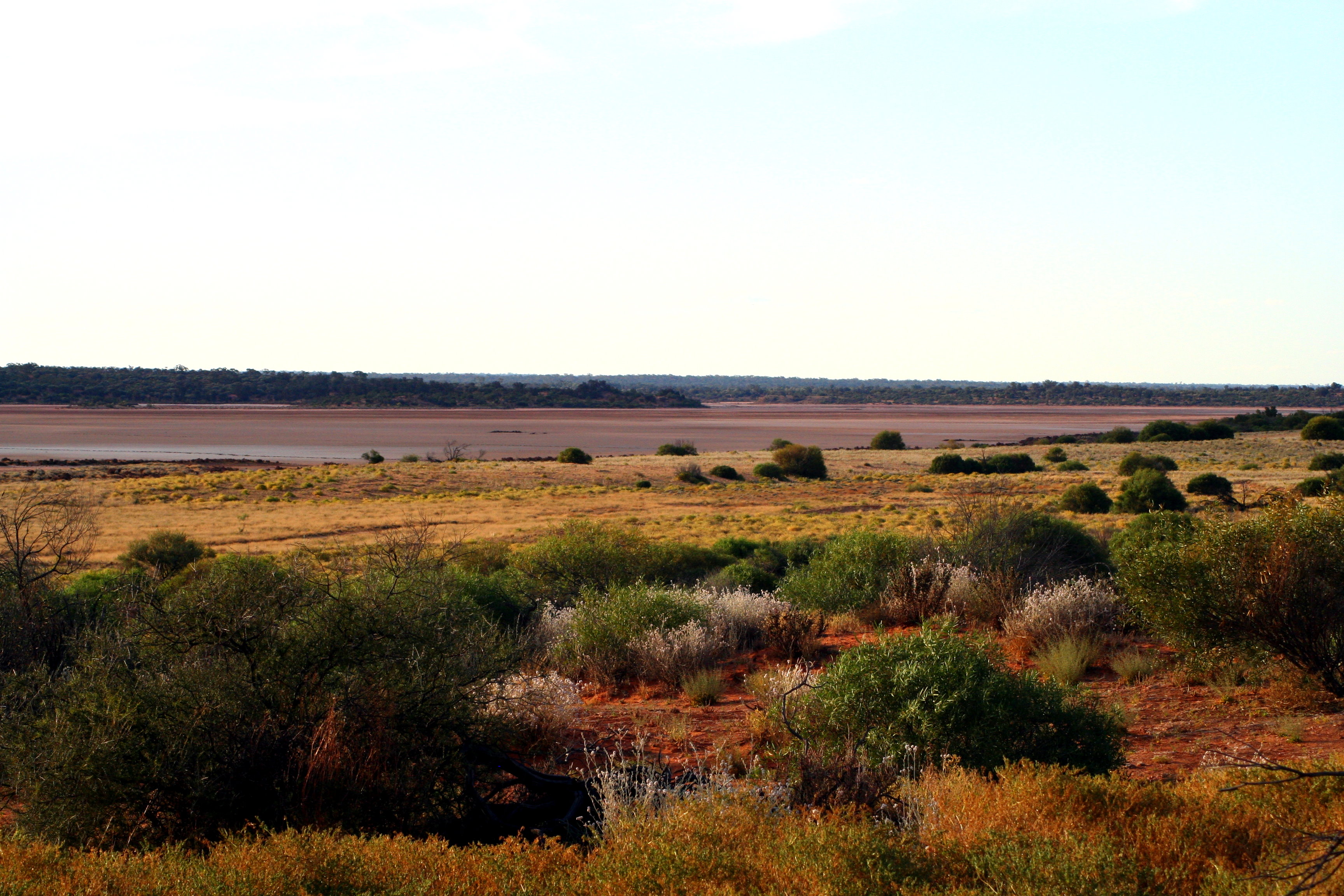
The Great Victoria Desert, Australia's largest desert, is a remote and rugged wilderness that stretches across the country's southern interior. Its vast expanses of sand dunes, salt lakes, and rocky outcrops create a landscape of stark beauty and solitude. The desert's unique ecosystems support a variety of wildlife, including the endangered malleefowl and the desert dingo. The Great Victoria Desert is also home to the traditional lands of several Indigenous Australian groups, whose deep connection to the land is reflected in their rich cultural heritage. The desert's remote location and challenging environment make it a destination for the intrepid traveler seeking adventure and discovery. The Great Victoria Desert's beauty lies in its remoteness, offering a sense of isolation and tranquility that is rare in today's world.
9. The Thar Desert: A Cultural Mosaic in India
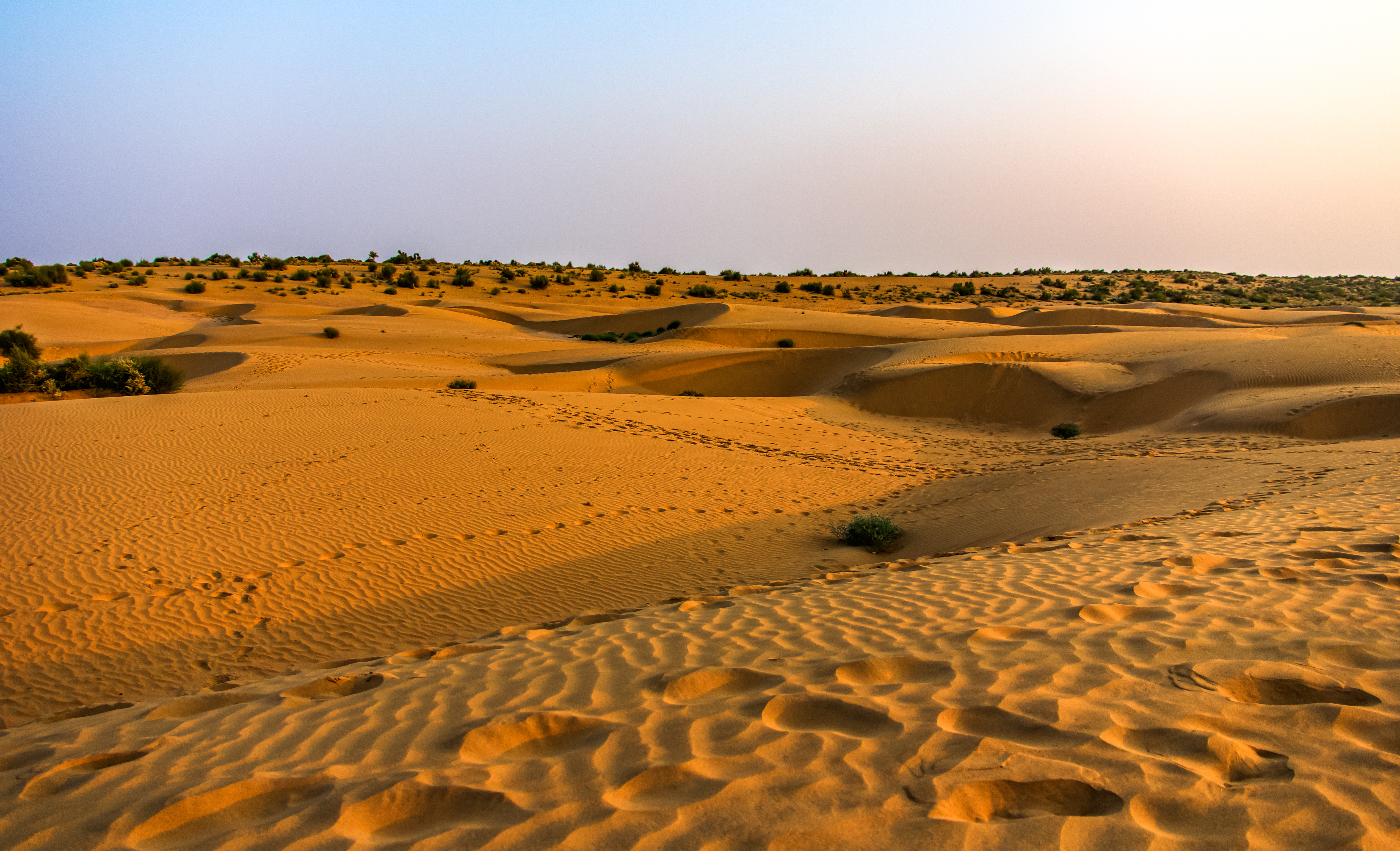
The Thar Desert, also known as the Great Indian Desert, is a vibrant cultural mosaic located in northwestern India and eastern Pakistan. Its arid landscapes, characterized by rolling sand dunes and rocky outcrops, are home to a rich tapestry of life and culture. The Thar's unique geography and climate have shaped the traditions and lifestyles of its inhabitants, including the colorful Rajasthani culture known for its music, dance, and art. The desert's diverse ecosystems support a variety of wildlife, including the Indian bustard and the desert fox. The Thar Desert is a place where ancient traditions and modern life coexist, creating a dynamic and vibrant cultural landscape. Its beauty lies in its contrasts, where the harshness of the environment is softened by the warmth and vibrancy of its people.
10. The Kalahari Desert: A Land of Survival and Adaptation
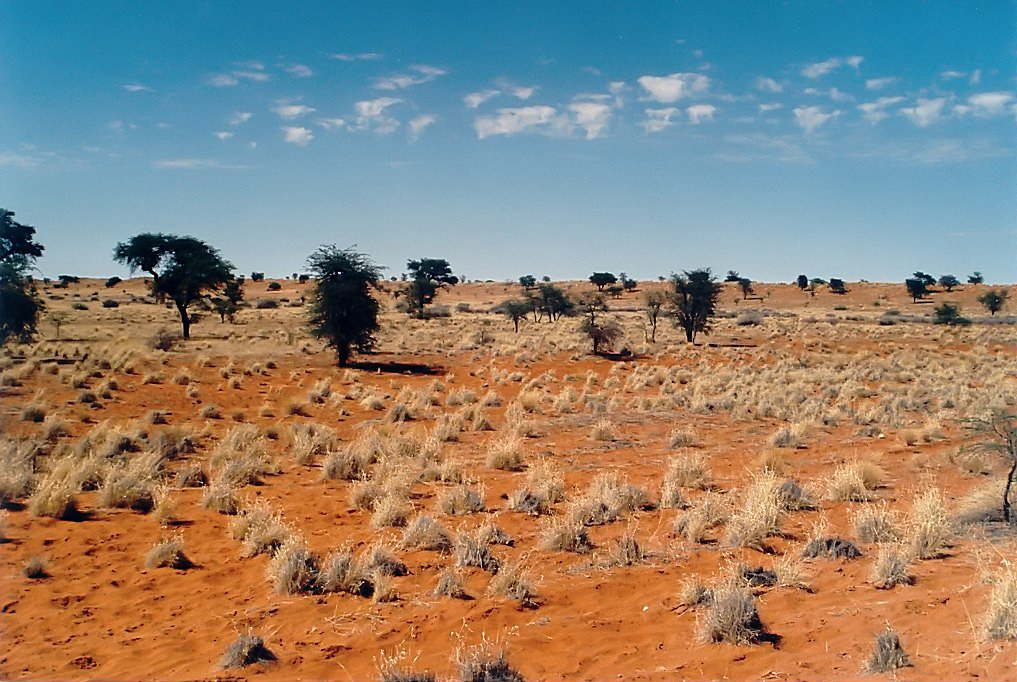
The Kalahari Desert, spanning Botswana, Namibia, and South Africa, is a place of survival and adaptation. Its semi-arid landscapes, characterized by red sands and sparse vegetation, support a surprising diversity of life. The Kalahari's unique ecosystems are home to a variety of wildlife, including the iconic meerkat and the endangered African wild dog. The desert's indigenous San people, also known as the Bushmen, have adapted to its challenging environment, preserving their traditional way of life and deep connection to the land. The Kalahari's beauty lies in its resilience, where life thrives against the odds in a harsh and unforgiving environment. Its landscapes tell stories of survival and adaptation, showcasing the enduring spirit of life in one of the world's most challenging environments.
11. The Antarctic Desert: A Frozen Frontier
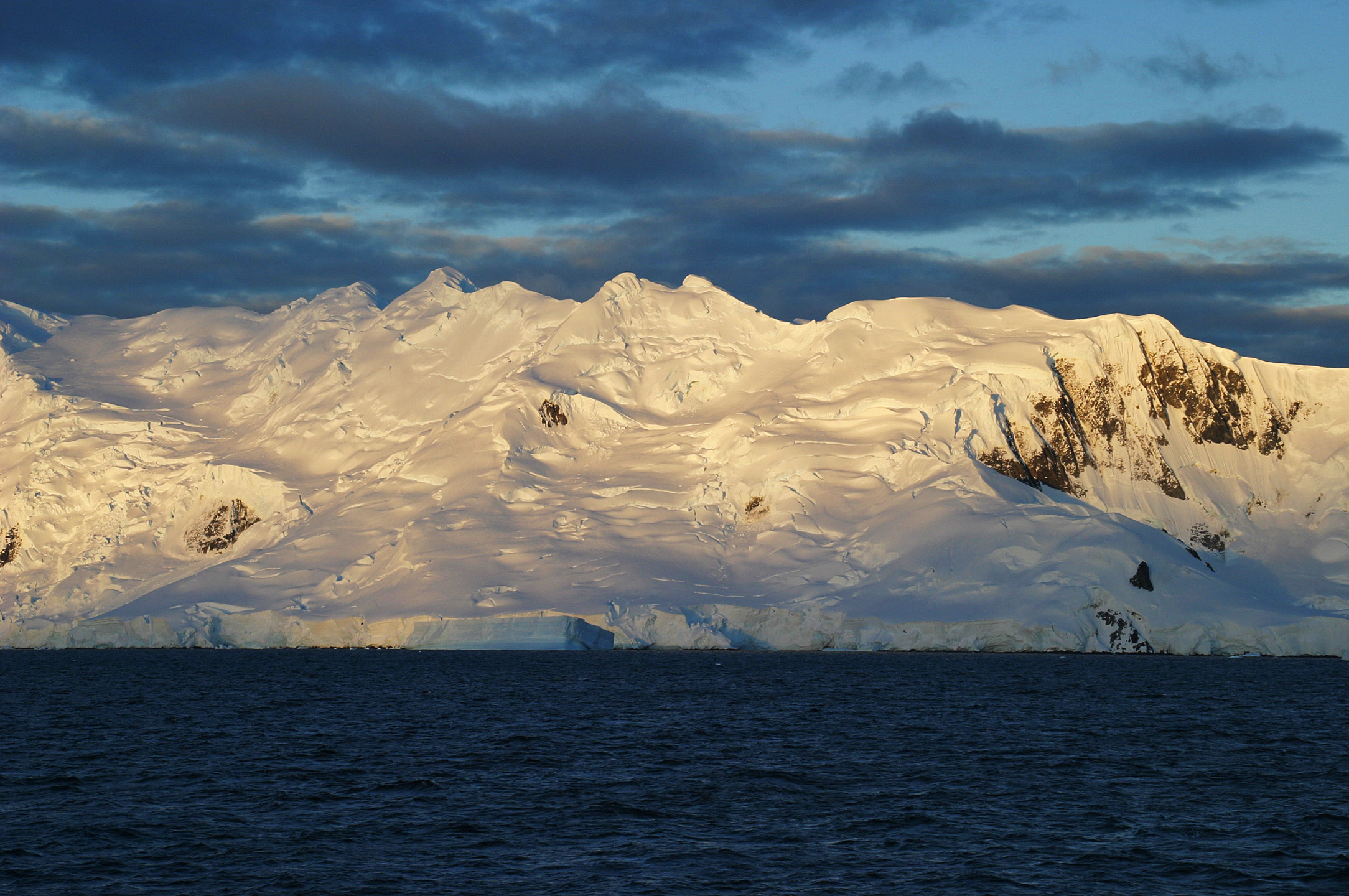
The Antarctic Desert, the largest desert on Earth, is a frozen frontier of ice and snow. Despite its extreme cold and harsh conditions, Antarctica is a place of breathtaking beauty and scientific discovery. Its vast ice sheets and towering glaciers create a landscape of stark contrasts, where the play of light and shadow creates a mesmerizing spectacle. The Antarctic's unique ecosystems support a variety of life, including penguins, seals, and krill, adapted to the harshest conditions on the planet. The continent's remote location and extreme environment make it a destination for scientists and adventurers seeking to explore its mysteries. The Antarctic Desert's beauty lies in its isolation, offering a glimpse into a world untouched by human influence and a reminder of the planet's fragile balance.
12. The Painted Desert: A Canvas of Color in Arizona
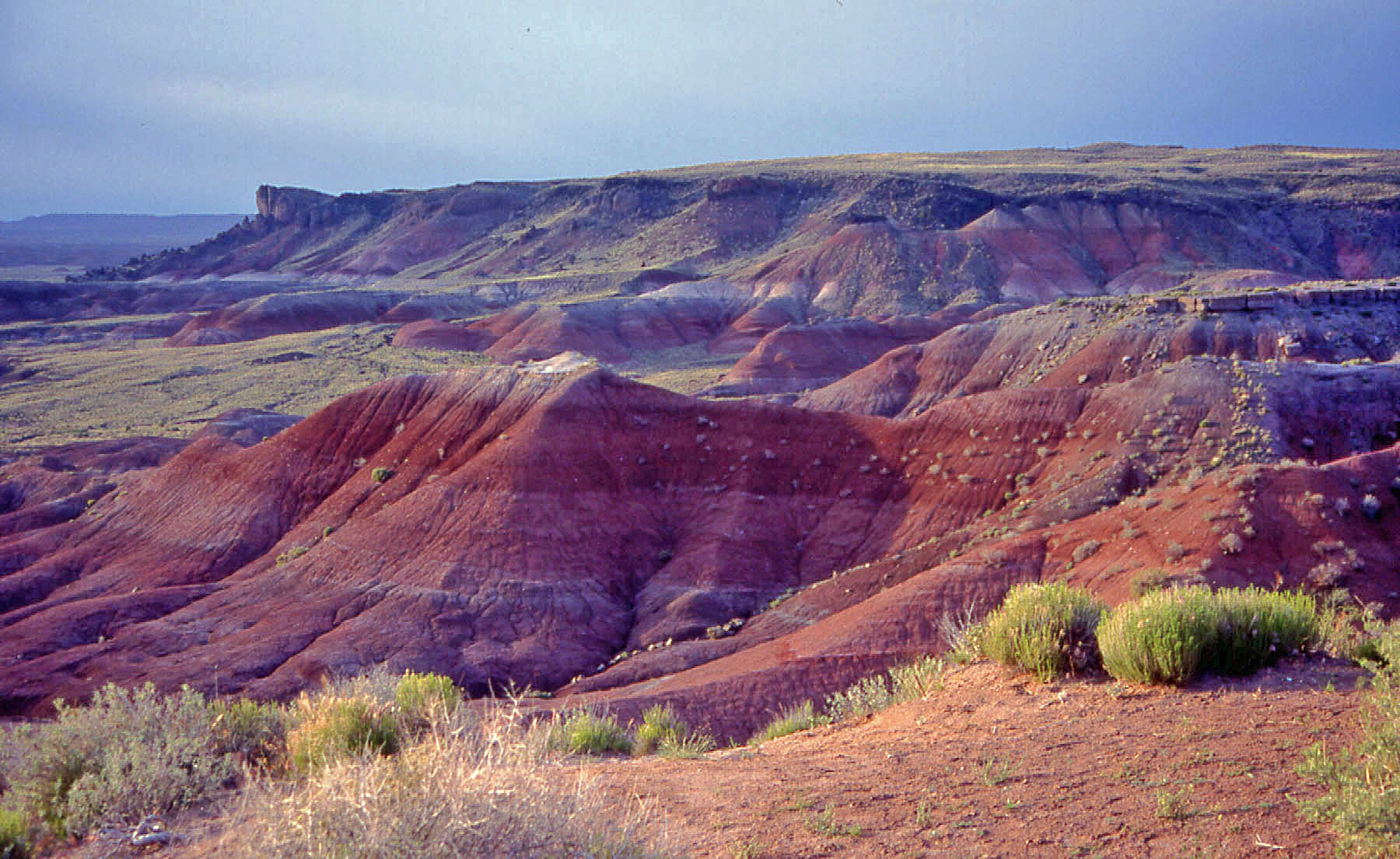
The Painted Desert in Arizona, USA, is a vibrant landscape of colorful rock formations and sweeping vistas. Its unique geology, characterized by layers of sedimentary rock and volcanic ash, creates a kaleidoscope of colors that change with the light. The desert's striking beauty has inspired artists and photographers, capturing its vivid hues and dramatic landscapes. The Painted Desert is home to the Petrified Forest National Park, where ancient trees have turned to stone over millions of years. The desert's unique ecosystems support a variety of wildlife, including pronghorn antelope and coyotes, adapted to its harsh conditions. The Painted Desert's beauty lies in its contrasts, where the vibrant colors of the landscape create a stunning canvas of natural art.
13. The Negev Desert: Israel's Desert Jewel
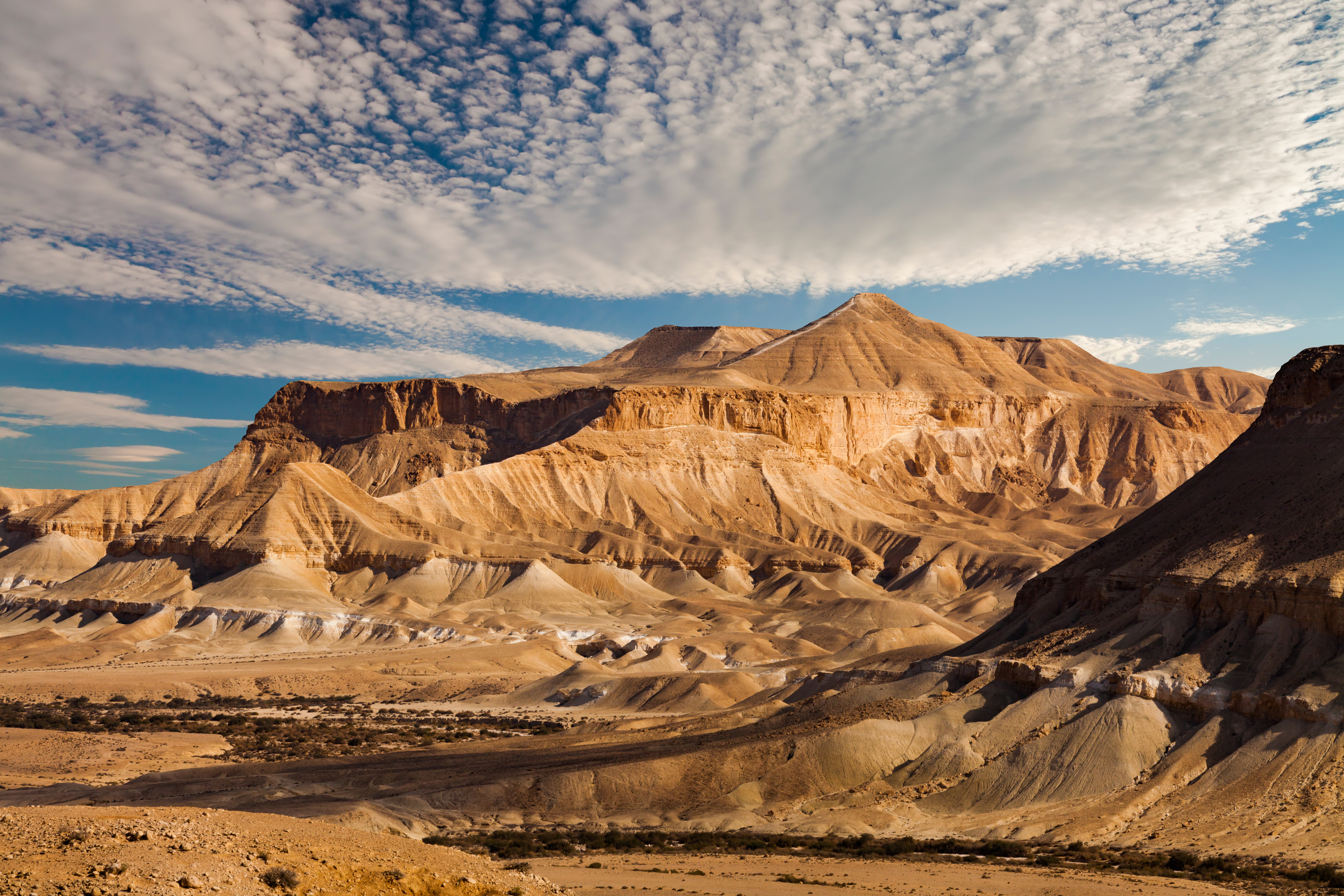
The Negev Desert, covering over half of Israel's land area, is a place of stark beauty and historical significance. Its arid landscapes, characterized by rocky plateaus and deep canyons, are home to a rich tapestry of life and culture. The Negev's unique ecosystems support a variety of wildlife, including ibex and sand cats, adapted to its challenging environment. The desert's history is deeply intertwined with that of ancient civilizations, including the Nabateans, who built the city of Petra. The Negev's blend of natural wonders and cultural heritage makes it a captivating destination for travelers seeking adventure and discovery. Its beauty lies in its contrasts, where the harshness of the environment is softened by the warmth and vibrancy of its people.
14. The Simpson Desert: Australia's Red Heart

The Simpson Desert, located in central Australia, is a vast expanse of red sand dunes and arid plains. Known for its iconic parallel dune systems, the Simpson is a place of stark beauty and solitude. The desert's unique ecosystems support a variety of wildlife, including the rare bilby and the desert taipan, adapted to its harsh conditions. The Simpson Desert is also home to the traditional lands of several Indigenous Australian groups, whose deep connection to the land is reflected in their rich cultural heritage. The desert's remote location and challenging environment make it a destination for the intrepid traveler seeking adventure and discovery. The Simpson Desert's beauty lies in its remoteness, offering a sense of isolation and tranquility that is rare in today's world.
15. The Karakum Desert: Turkmenistan's Golden Sands
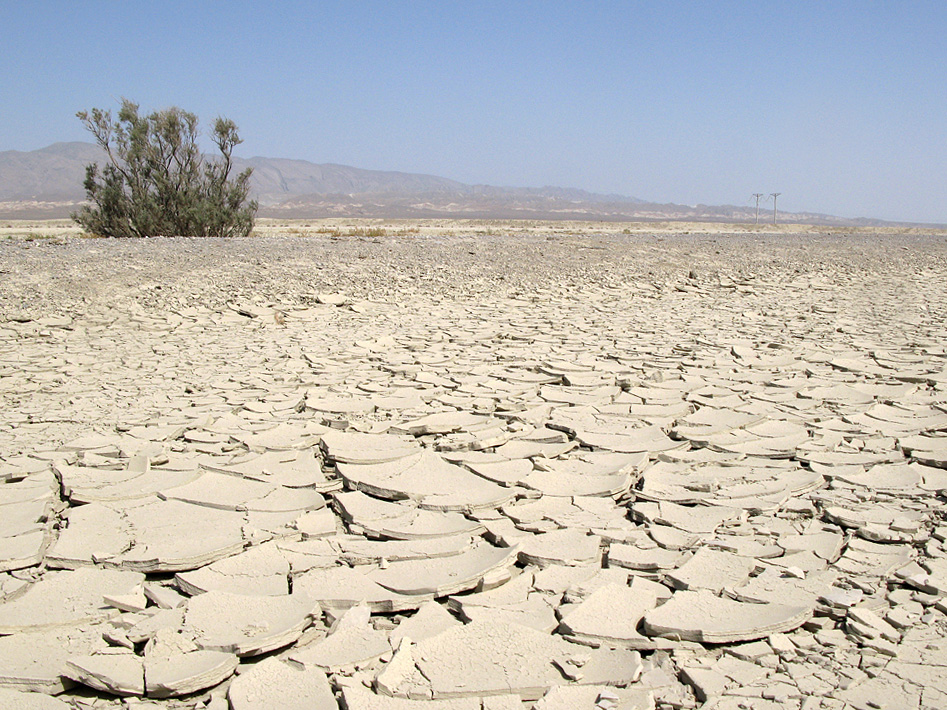
The Karakum Desert, covering much of Turkmenistan, is a place of golden sands and ancient history. Its arid landscapes, characterized by rolling dunes and salt flats, are home to a rich tapestry of life and culture. The Karakum's unique ecosystems support a variety of wildlife, including the Asiatic wild ass and the goitered gazelle, adapted to its challenging environment. The desert's history is deeply intertwined with that of ancient trade routes, including the Silk Road, which connected East and West. The Karakum's blend of natural wonders and cultural heritage makes it a captivating destination for travelers seeking adventure and discovery. Its beauty lies in its contrasts, where the harshness of the environment is softened by the warmth and vibrancy of its people.
Embracing the Desert's Timeless Magic
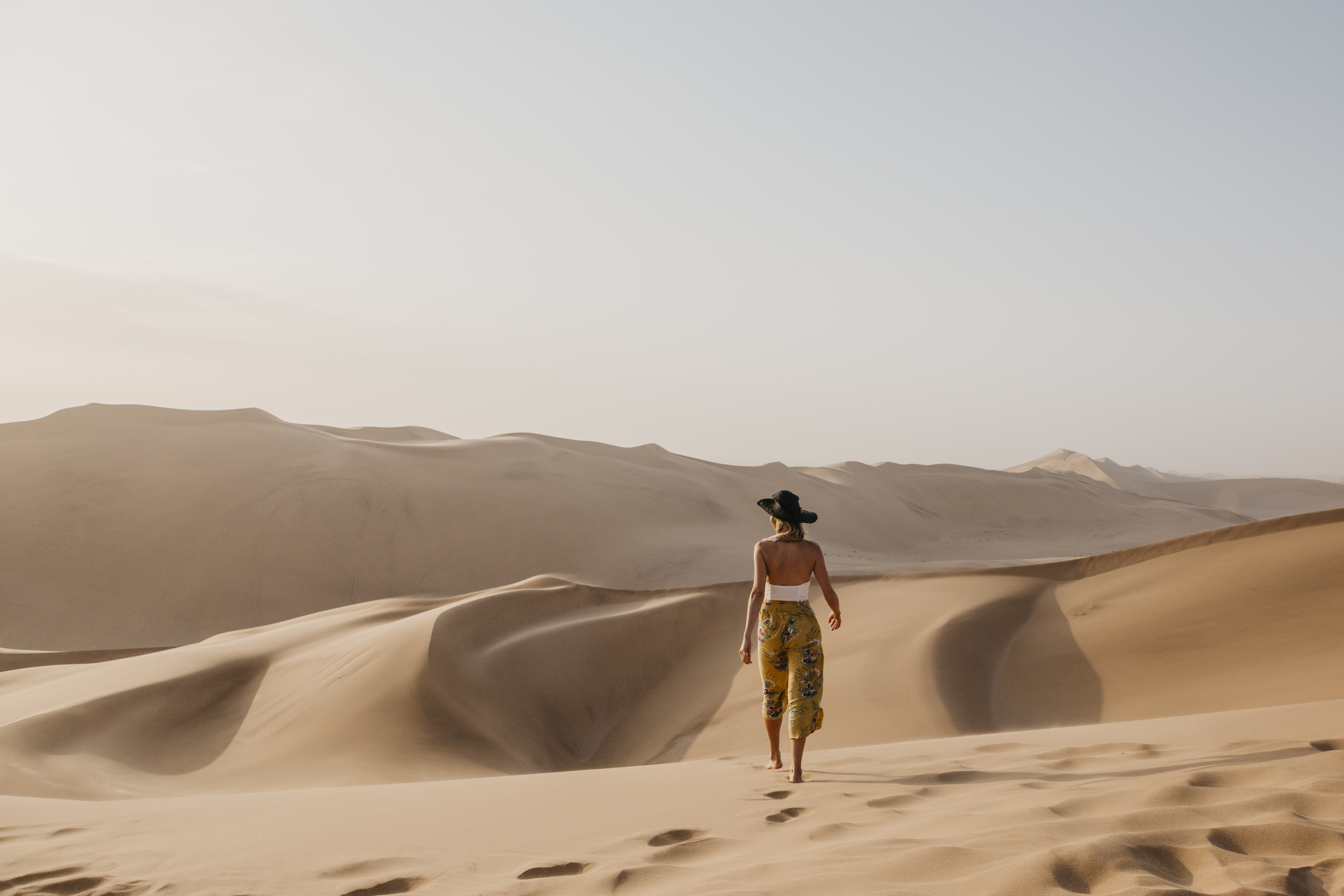
As we conclude our journey through Earth's surreal desert landscapes, we are reminded of the timeless magic these regions hold. Deserts are places of paradox, where life flourishes against the odds in stark and unforgiving environments. They are landscapes of contrasts, where the beauty of nature and the resilience of life come together in a symphony of color and survival. Each desert, with its unique charm and character, offers a glimpse into a world shaped by millennia of natural forces and human history. As we venture into these mesmerizing landscapes, we are invited to embrace the desert's timeless magic and discover the stories, secrets, and splendor that make them some of the most intriguing places on Earth.

